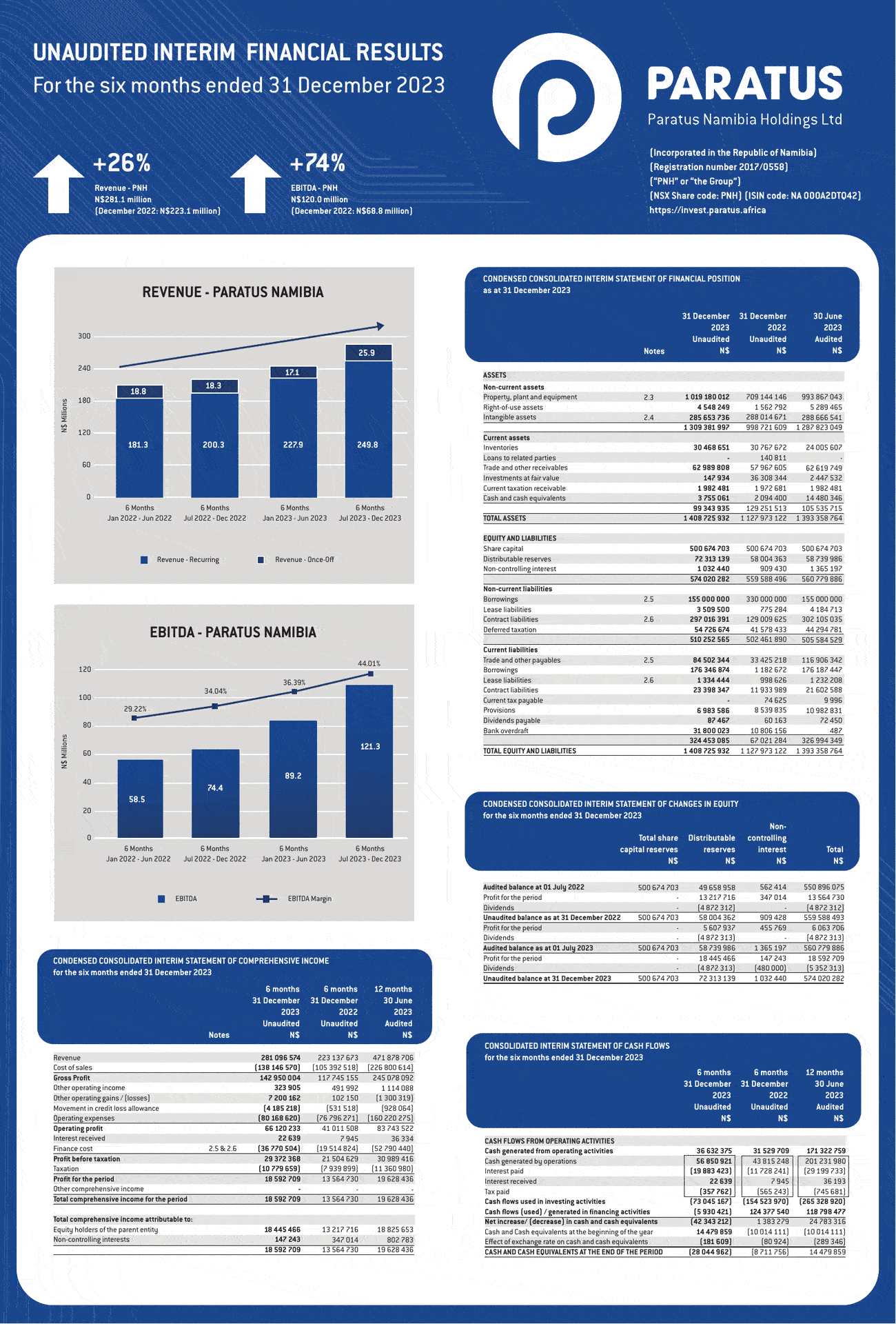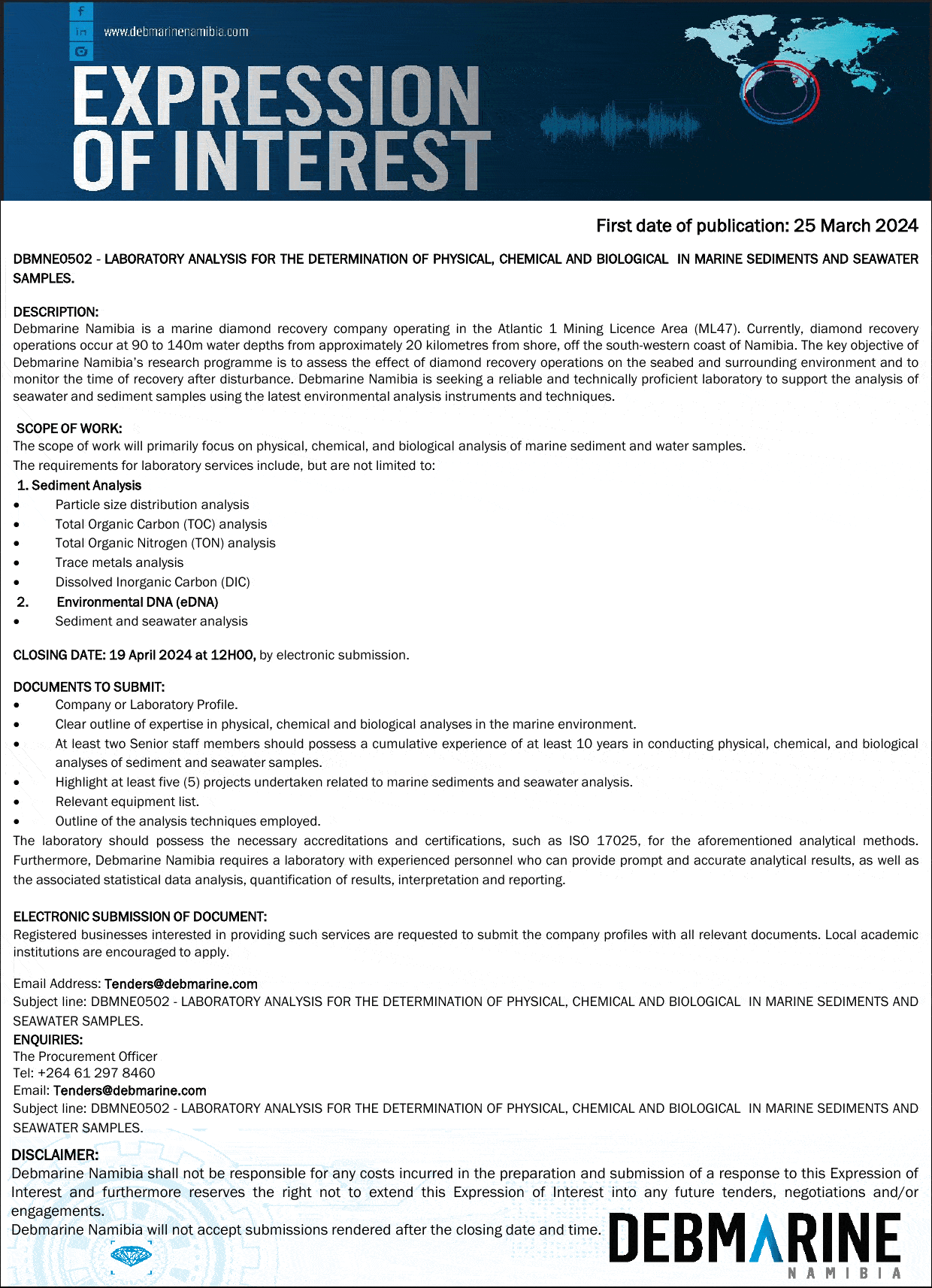
The signs of improvement are tentative but irrefutable
It is not easy to find dependable, up-to-date statistics to support my notion that the worst of the economic slump is behind us.
All the available stats clearly show that Private Sector Credit Extension has been on a gradual decline since the end of 2015, that bank liquidity is severely restricted, that households are as indebted as ever, and that company profits have been vapourised. The endless string of retrenchments only corroborate this rather gloomy overall picture of the economy.
So what other statistics are there to provide a reliable picture of trade conditions? The answer came in the form of the quarterly and annual trade statistics disseminated earlier this week by the Namibia Statistics Agency.
The two reports provide the first tangible evidence of a slight economic recovery towards the end of last year. This is something I have suspected for a couple of months but the problem was to find stats to support this observation. For instance, everything that happened in the construction industry during the final quarter of 2016, flies in the face of the notion that the recovery may already be underway.
The trade bulletins do not say anything about employment, remuneration, credit growth, or any of the micro-economic indicators that typically reflect economic activity at company and household level. The scope of the trade bulletins focus solely on trade, more specifically on imports and exports.
At first glance, the statistics are not really impressive. Instead they indicate that our biggest trade deficit actually occurred during the fourth quarter of 2016. So one has to look at the sectoral picture to find some indication that the last four months of last year show, at least as far as trade is concerned, a stabilisation of economic condition, with a not-unfounded expectation of improved trading conditions this year.
From anecdotal evidence feretted from unwitting accomplices in the banking sector, I have maintained that the second quarter of 2016 was the worst, that consolidation started during the third quarter, and that liquidity slowly but incrementally improved in the fourth quarter.
What stands out in the trade bulletins is that diamonds still remain the mainstay of our economy and that any improvement in diamond trading will have a disproportionately large impact on overall trade figures. This is where the first good signal comes from.
The diamond trade, both primary exports and re-exports, is picking up. It is clearly visible from the comparative charts that diamond sales have improved somewhat from third to fourth quarter, but substantially from 2015 to 2016.
Granted, the overall picture is not that rosy as if I want to argue all our troubles will disappear overnight but the trend, as least as shown by the trade statistics, has seemingly turned the corner. Quarter on quarter, diamond exports have improved by just over 11% while year on year, it has grown by a very respectable 35%. Similarly, most of the top ten export items have show marginal increases from third to fourth quarter, but substantial increased from 2015 to 2016. But, to be realistic, there still are some export items that have decreased.
The important point is that diamonds are such a heavy weight on the export scale, its growth overshadows all declines by some of the lesser commodities.
Two other noticeable items which will not be repeated this year are the cost of fodder to see farmers through the drought, and the once-off import of a diamond mining vessel by DebMarine.
Astounding as it may sounds, Namibian farmers have spent more than N$3.4 billion to keep their prize animals alive, and DebMarine has spent almost N$2.5 billion on their new mining vessel. Add these two together and it takes away a large chunk of the record trade deficit. Also, these expenses will not recur, so there is already an almost N$6 billion windfall built into trade for this year.
I realise trade figures do not reflect consumer spending, but if liquidity at the macro level improves demonstrably, about six months later one starts seeing the effect in domestic liquidity, and then it ripples out to the rest of the economy.
Again I am cautious not to claim we are in a full recovery. That would be highly irresponsible, but I do want to underscore that there where it matters, at least now there are tangible indications that economic output is recovering.












































